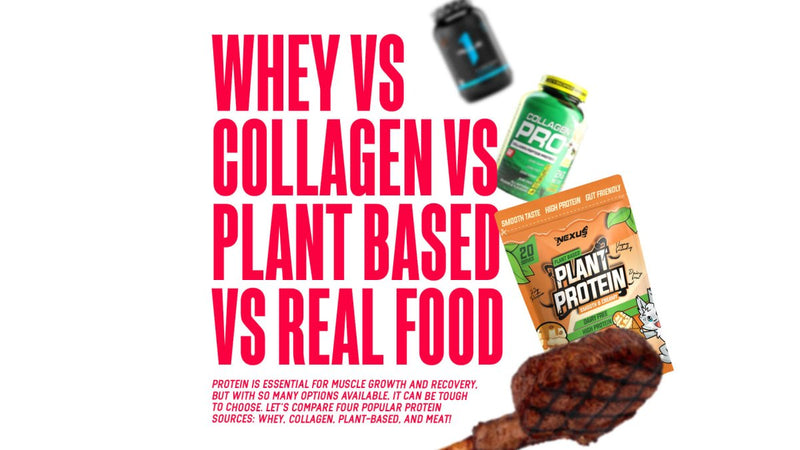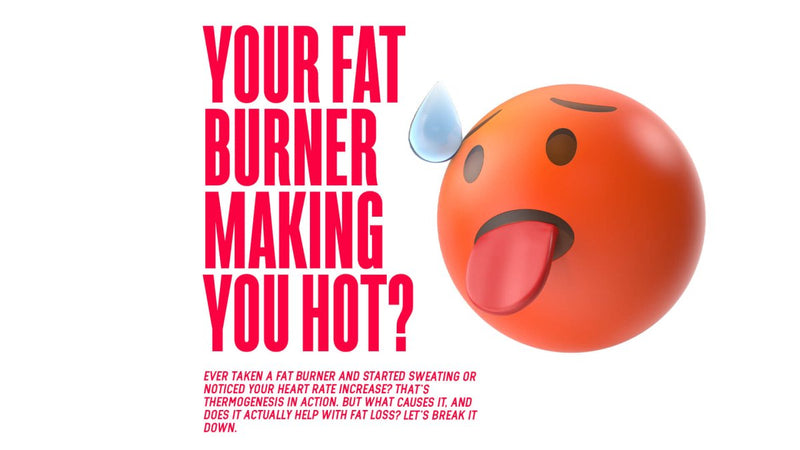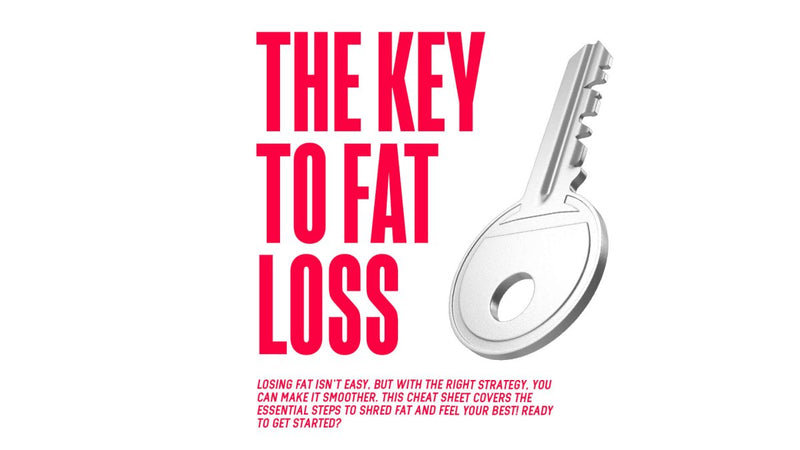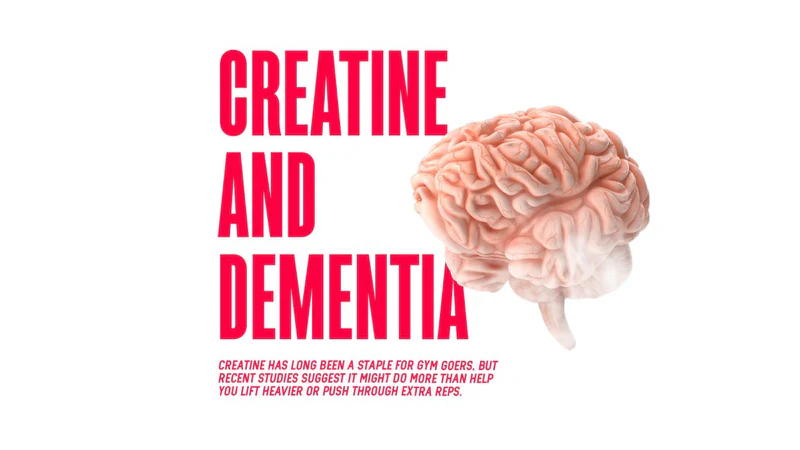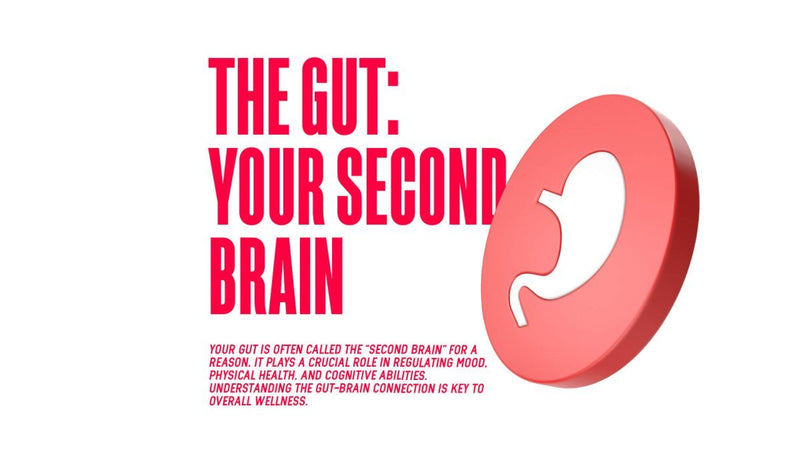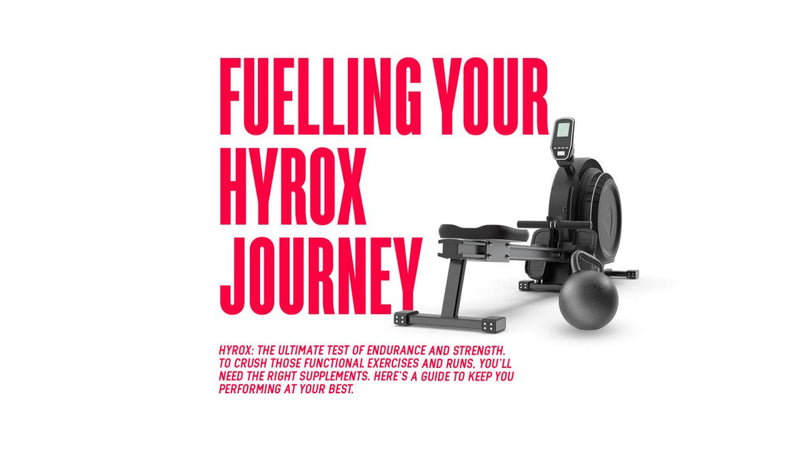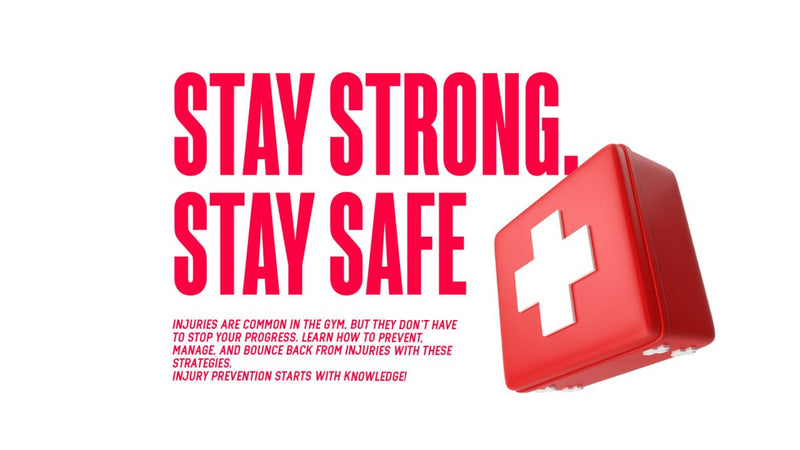by Nick Hoad
The Ultimate Cheat Sheet For Losing Fat
It’s no small feat, losing fat. It’s hard work and can be downright confusing at times. However, with the right strategy and a sprinkle of consistency, you’ll have a surefire recipe to make the fat loss journey much more smoother and effective. If you’re preparing for a holiday, a photoshoot, you want to feel healthier and more comfortable or you are just starting out in the gym, this cheat sheet gives you the essentials that you need to cut the fat and get you feeling good.
Step 1: Calculate, Deficit And Conquer
If there’s one thing that you should take away from this cheat sheet, it’s calories in vs. calories out. If you want to lose your excess body fat, then your body needs to use the fat as an energy source, rather than the food you eat. Here’s how to get started:
Finding Your BMR (Basal Metabolic Rate): Your BMR is how many calories you’re burning when you’re resting. There are plenty of calculators online that can help you figure this out. The majority use these equations:
Men: BMR = (10 × your weight in kg) + (6.25 × your height in cm) - (5 × your age) + 5
Women: BMR = (10 × your weight in kg) + (6.25 × your height in cm) - (5 × your age) - 161
Measure Your Movement: To make your BMR more accurate, you can multiply it by these numbers, depending on how active your lifestyle is:
1.2 for a sedentary lifestyle (Little to no exercise)
1.55 for a more active lifestyle (Exercise 3-5 days a week)
1.9 for a very active lifestyle (Very hard exercise / physically demanding job)
Drop the Calories: Once you’ve got your BMR sorted, drop the total calories depending on your lifestyle, so you can lose fat at a sustainable pace. This can be from 300 to 500.
Example: A 25 year old woman, that is 85kg, 175cm tall and is moderately active would use the equation like this:
Finding Resting Calories: (10 × 85) + (6.25 × 175) - (5 × 25) - 161 = 1657.75
Adjusting for Movement: 1675.75 x 1.55 = 2597.413
Dropping calories: 2597.413 - 300 = 2297.413
So working on that, rounded up, 2300 calories is the aim to lose fat for our example.
Step 2: Upgrade Your Eating
Once you’ve got your calories sorted, now it’s time to get the nutrition right. Here are a few tips to get you eating like a king (a shredded king)
Prioritise Protein: A daily target of 1.6g-2.2g of protein per Kg of body weight is the perfect spot to make sure your muscles are healthy,
Feast on Fibre: When in a deficit, you’re going to be hungry all the time. Adding in fibre filled foods like some fruits, vegetables and whole grains keep you full for longer.
Chuck Sneaky Calories: You’ll find calories in everything you eat and even drink. Swapping out things like oil, sauces, energy drinks and coffees for lower calorie options will keep you in a deficit without the speedbumps.
Step 3: All Aboard the Strength Train
If you’re wanting to look toned and muscular, keeping your gains when you’re cutting is a must. On top of making your physique look shapely, muscle can also boost your metabolism, burning more calories. When doing strength training, stick to these
Weightlifting is crucial for maintaining muscle while in a caloric deficit. Muscle not only shapes your physique but also boosts your metabolism. Stick to these fundamentals:
Frequency: Training 3-5 times a week gives you plenty of room for recovery
Programming: Focusing on the main compound variations like squats, deadlifts and presses hit multiple muscle groups. Add in some isolations on top of that for any weaknesses in your physique.
Progression: The main key to any strength program is progression. Making sure you push out one more rep than last week will give your muscles the kick up the butt to grow.
Step 4: The Power Of Movement
You don’t have to be in the gym to be burning calories during the day. Easy daily movements can be added into your day to help you burn fat.
Stepping it up: Using a tracker to count your steps is a big part of fat loss. Aiming for around 8,000 - 12,000 a day will help burn the calories. However, something as simple as going for a walk is enough to get started.
Heart Gains: Throwing some low intensity steady state (LISS), like walking or cycling, with some high-intensity interval training (HIIT), like stairmaster or the elliptical 2-3 times per gives you that calorie burn that you look for. It also helps with your heart health, which is never a bad idea.
Step 5: Strategic Supplementation
A perfect tool for fat loss is supplements. Although they can never replace your diet and exercise plan you’ve made, you can add these in for some enhancement to your journey.
Fat Burners: Although they can’t replace a solid diet and hard training, they do help. With ingredients like carnitine, caffeine and green tea extract, these supplements will slightly boost metabolism and give you some energy as well.
Protein Powder: Hitting your protein goal can be hard through food, but by supplementing it with a solid protein powder, you can hit those targets much easier.
Creatine: Sure, creatine doesn't specifically target fat loss, but it’s a helpful supplement for maintaining strength and power.
Step 6: Monitor And Adjust
The road to fat loss isn’t a straight line, your body will adapt to your efforts and you’ll plateau. If you track these metrics weekly, you’ll be able to stay on track and outpace the plateaus:
Weight: Weighing yourself at the same time either daily or weekly can show you how your body reacts to the deficit.
Measurements: Measuring around your waist, hips and other areas can give you an idea of how your body is changing from fat loss.
Photos: The scales don’t show everything. Taking photos of your physique can be beneficial in showing how far your physique is coming.
If you ever notice progress stalls, don’t stress. If you’re being consistent, drop the calories or increase movement. The biggest part is consistency. Tick all the boxes daily and watch your body transform over time.
5 Bonus Tips for Fat Loss Success
Sleep Matters: Your sleep is a big part of recovery, aim for 7-9 hours a night
Stay Hydrated: Water helps in many different ways, 2-3 litres a day is the sweet spot
Manage Stress: A boost in cortisol promotes fat storage, we don’t want that in a cut.
Endgame: The game isn’t over when you’ve lost the weight. Keeping it off with the same consistency will be effortless once you’ve hit that goal weight.
The Bottom Line
When shredding down, you need a balanced approach to good nutrition, hard training, a solid supplement stack and healthy habits. By using this cheat sheet, you’ll be equipped with the knowledge to jump into a cut and do it effectively. Stay patient and adjust your goals as you progress. Make sure you do your research and stay safe.
Happy Shreds!


